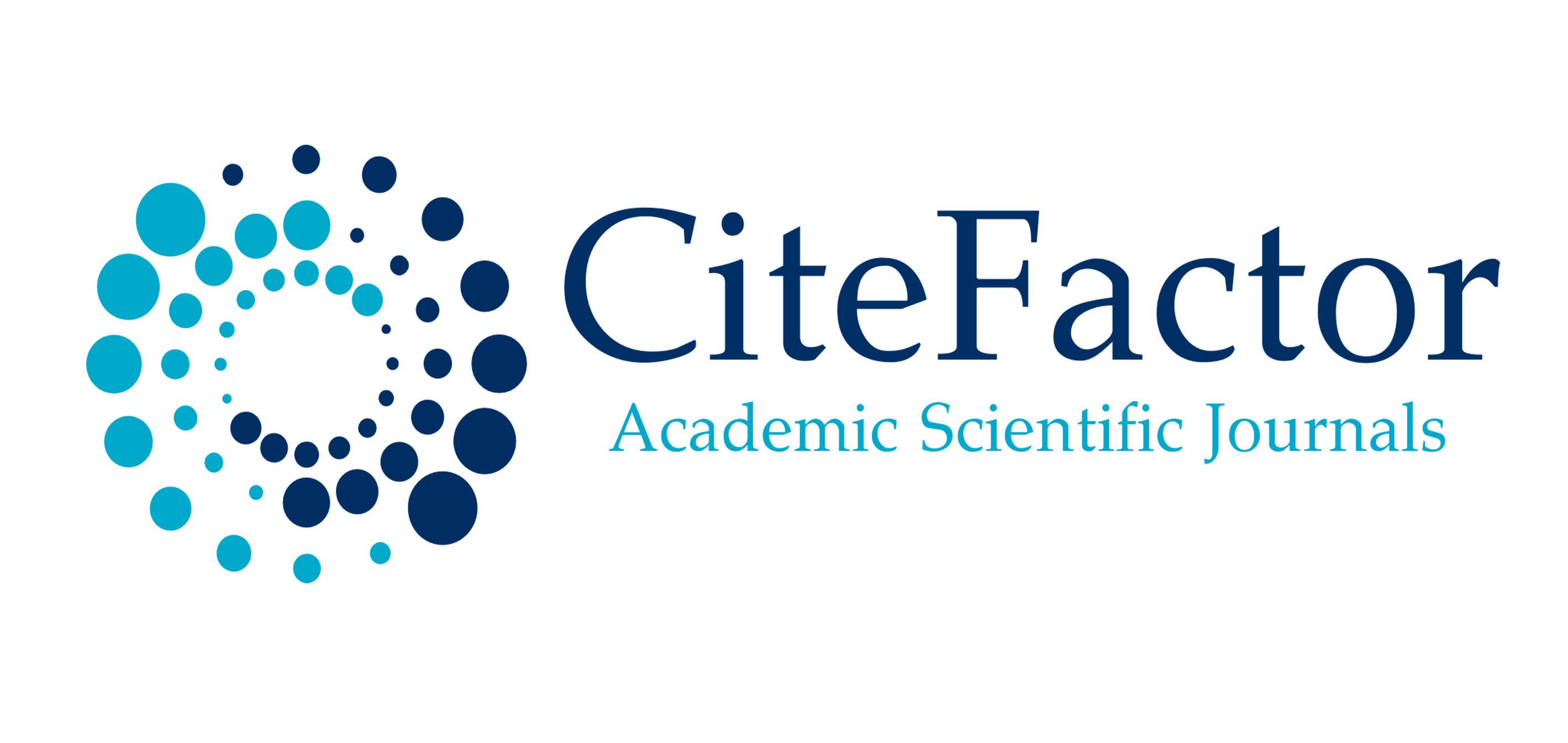DEVELOPMENT OF THEORETICAL MEDICAL KNOWLEDGE
Keywords:
physiological processes, topographical anatomy, theory, experimental, rootAbstract
In this article, in the XVIII-XIX centuries in Europe, all the leading branches of theoretical and practical medicine developed very quickly and achieved great results. Among theoretical medical sciences, anatomy and physiology were in the first place. Real human anatomy was founded by the Belgian scientist Andreas Vesalius. Starting from Vesalius, the science of anatomy gradually developed and improved. Then came the science of microscopic anatomy (histology). The founder of this science is the Czech scientist Jan Purkinje (1787-1869). In 1837, he was the first to show that animal and human organs consist of cells. Macroscopic anatomy also continued to evolve. Its new fields have emerged. For example, one of these was topographical anatomy. One of the founders of this science is the Russian scientist, famous surgeon N.I. Pirogov (1810-1881). In addition, information was given about scientists who worked in this field.










